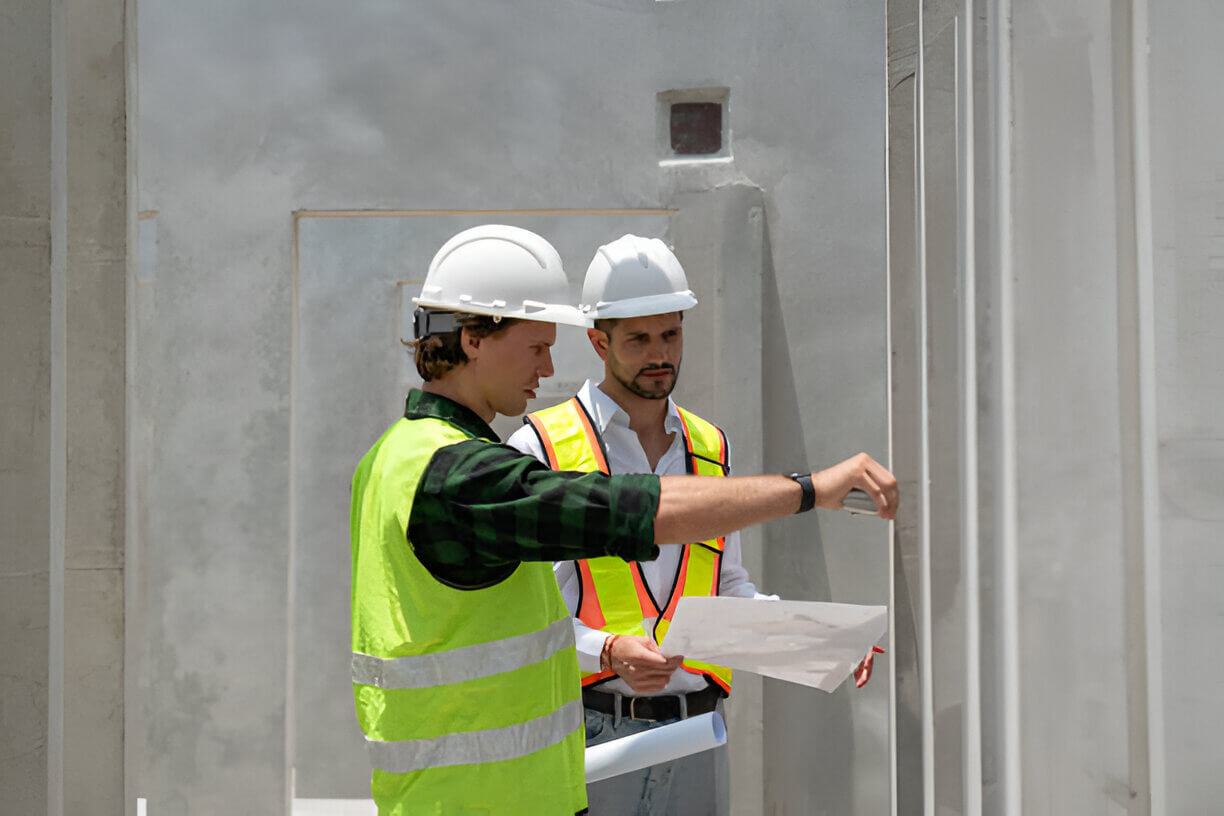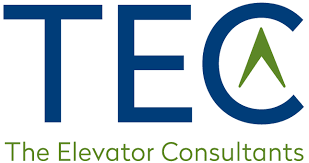As an organization with elevators, one of the most critical operational concerns of your building is ensuring the consistent functioning of your elevators. However, with the growing shortage of skilled elevator technicians and the prevalence of callback or break-fix maintenance services, many property owners, hospitals, retailers, and hotel operators are facing significant challenges. Many organizations neglect proactive, scheduled maintenance and instead rely on reactive services, leading to costly downtime, frustration, and overtime charges.
The Elevator Technician Shortage: What’s Happening?
The shortage of elevator technicians can be attributed to a few key factors:
- Aging Workforce: Many elevator technicians are approaching retirement, and there is a lack of younger individuals entering the field to replace them. This generational gap is creating a strain on available skilled labor. As the workforce ages, experienced technicians retire and take with them valuable knowledge of older equipment, making it harder to service those elevators properly.
- Increased Demand for Technicians: Aging equipment, urban growth, modernization projects, new installations, and repairs are increasing the demand for skilled technicians. However, this surge in demand is not matched by a rise in qualified workers, leaving many elevator companies struggling to meet service commitments. They simply cannot fill positions leaving buildings exposed to elevator issues.
- Training and Certification Barriers: Becoming an elevator technician requires specialized training and certification. This high barrier to entry limits the number of new technicians entering the field, exacerbating the workforce shortage.
The Consequences of Callback-Only and Break-Fix Maintenance
Without regular, proactive preventative maintenance, elevator systems are left vulnerable to breakdowns, resulting in the following risks:
- Increased Downtime: Reactive maintenance often means that an elevator must fail or exhibit a problem before a technician is dispatched for service. For hospitals, retailers, and hotels, this could lead to significant disruption of daily operations. Patients, shoppers, and guests rely on elevator access, and extended downtime can negatively impact the experience and safety of your visitors.
- Higher Repair Costs: When equipment is serviced only after a failure, repairs often become far more expensive than catching and addressing the issue earlier through routine maintenance.. For property managers, these unexpected costs can blow up your annual maintenance budget. It is also common that the repair made might not be the root cause of the issue.
- Decreased Equipment Lifespan: Elevator systems that do not receive regular preventative maintenance tend to have shorter lifespans. In industries like healthcare and hospitality, where elevators see heavy use, neglecting routine maintenance quickly leads to higher costs, frequent repairs, and premature capital expenditures. This puts serious strain on budgets and creates ongoing frustration.

Strategies to Mitigate the Impact
Despite these challenges, there are several strategies building owners, hospitals, retailers, and hotels can employ to manage the shortage of elevator technicians and ensure better maintenance outcomes:
-
Partner with Independent Elevator Consultants
Independent consultants, like The Elevator Consultants, provide an additional layer of oversight for your elevator and escalators. They can audit the service being performed by your current provider, ensuring that necessary maintenance tasks are being completed. An elevator consultant also helps evaluate whether your service contract is delivering value and can recommend changes to improve service levels.
-
Leverage Technology for Predictive Maintenance
Technological advancements in elevator monitoring systems can complement human technicians for routine maintenance. For example, remote monitoring software tracks uptime, records testing schedules, and provides insights into performance metrics. Predictive analytics and AI doe elevators can help prevent breakdowns by alerting building managers before a failure occurs, reducing the need for reactive, break-fix interventions.
- Negotiate
Clear Service-Level Agreements (SLAs)
When dealing with elevator service providers, it’s crucial to have a well-defined SLA in place that outlines specific response times for both preventative maintenance and callbacks, downtime, etc. Ensure the contract includes penalties for missed maintenance or excessive downtime, especially for high-traffic buildings such as hospitals and hotels. By holding providers accountable, you can ensure better service outcomes, even in the face of technician shortages.
-
Consider Alternative Maintenance Strategies
With the evolving needs of the elevator industry, Alternative Equipment Maintenance (AEM) strategies have become an option for many building owners. AEM allows property managers to customize their maintenance programs to meet specific needs, especially when elevator companies fail to deliver the agreed-upon services. When you explore AEM options, you maintain control over your elevator’s performance instead of being locked into a traditional maintenance contract that fails to meet your needs.
- Engage in
Vendor Management Programs
Managing elevator service vendors can be overwhelming, especially during a technician shortage. Consider an elevator vendor management program, where a single point of contact oversees the coordination of various elevators and elevator service providers. This approach ensures timely servicing of your elevators while minimizing administrative burdens. In this model, an experienced elevator consultant oversees repairs and maintenance, enabling you to concentrate on the core operations of your building.
-
Plan for Staff Education and Emergency Preparedness
For buildings with frequent elevator use, like hospitals and hotels, staff training can reduce the impact of elevator downtime. Train staff members to handle emergency situations, including safely guiding guests or patients during elevator failures. Establish an emergency plan to minimize operational disruption during extended elevator outages.
Final Thoughts
The shortage of elevator technicians and the shift towards callback or break-fix maintenance poses real challenges for building owners, hospitals, retailers, hotels, and other buildings with elevators. However, by implementing proactive strategies such as partnering with a professional elevator consulting firm, leveraging technology, and exploring alternative maintenance models, you can mitigate these issues and ensure your elevators operate smoothly. Remember the saying, “an ounce of prevention is worth a pound of cure.” By reviewing your elevator maintenance proactively, even when challenges arise, you can avoid costly repairs and ensure the satisfaction of everyone who uses your elevators
FAQ’s
Why are we experiencing delays in elevator maintenance services?
A shortage of skilled technicians, an aging workforce, and increasing demand for elevator services often cause elevator maintenance delays. Many elevator service companies are struggling to keep up with the volume of clients to respond to for service requests, resulting in longer wait times for preventative maintenance, callbacks, and repairs.
What can I do if my building isn’t receiving preventative maintenance as part of our elevator service contract?
If you’re not receiving the agreed-upon services, consider conducting an audit of your current service contract. An elevator consulting firm can help you assess whether your service provider is meeting their obligations and offer solutions such as negotiating a contract or exploring Alternative Equipment Maintenance (AEM) strategies.
How can I ensure elevator uptime in my building despite technician shortages?
Implementing elevator monitoring systems can help you detect issues early before they lead to breakdowns. These systems provide real-time performance data and analytics, allowing you to address potential problems even with limited technician availability.
How do service-level agreements (SLAs) impact elevator maintenance during shortages?
Clear SLAs with well-defined response times can help ensure that your elevators receive timely attention. If your current SLA isn’t meeting expectations, negotiate to include penalties for missed service or extended downtime. These measures can push your service provider to deliver better performance.
What are some alternatives if my elevator service provider can’t meet our needs?
You can explore options like elevator vendor management programs or Alternative Equipment Maintenance (AEM). These strategies allow you to customize maintenance services to better suit your building’s needs and work with elevator vendors, reducing reliance on a single service provider during technician shortages.

